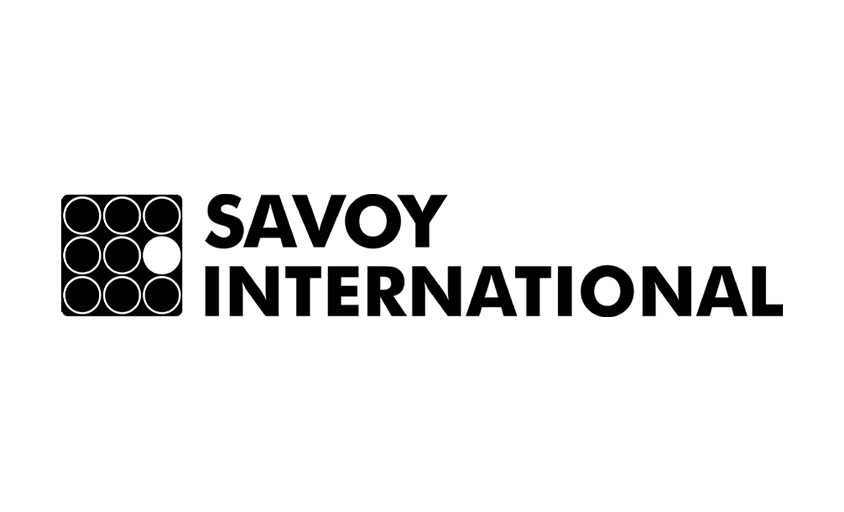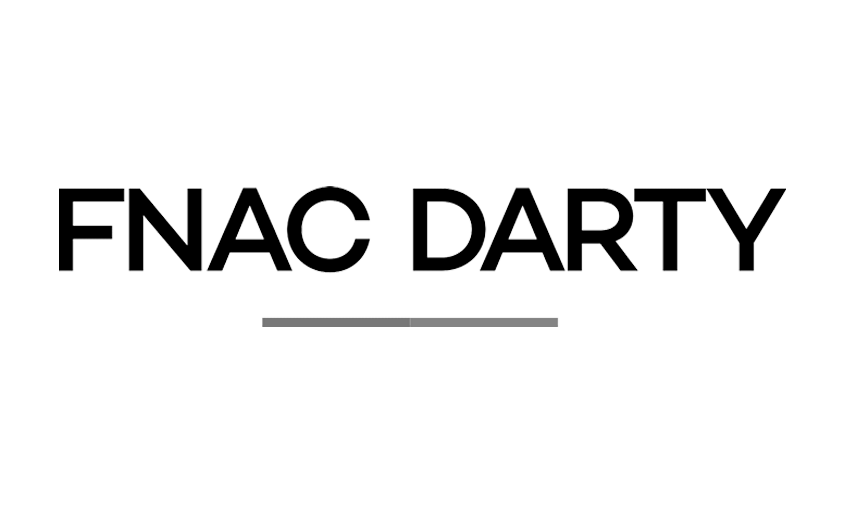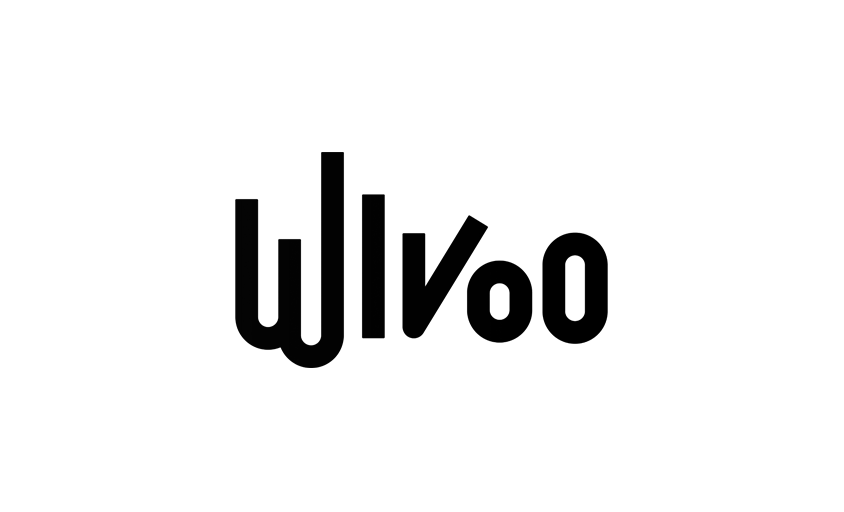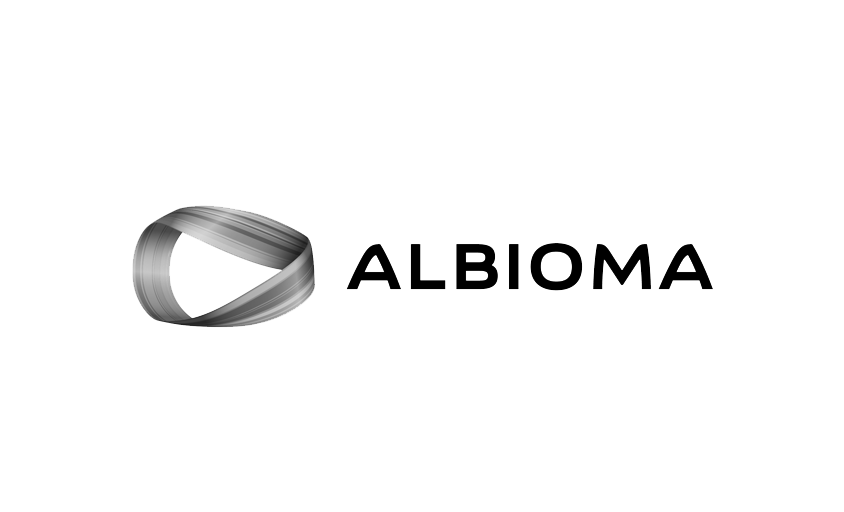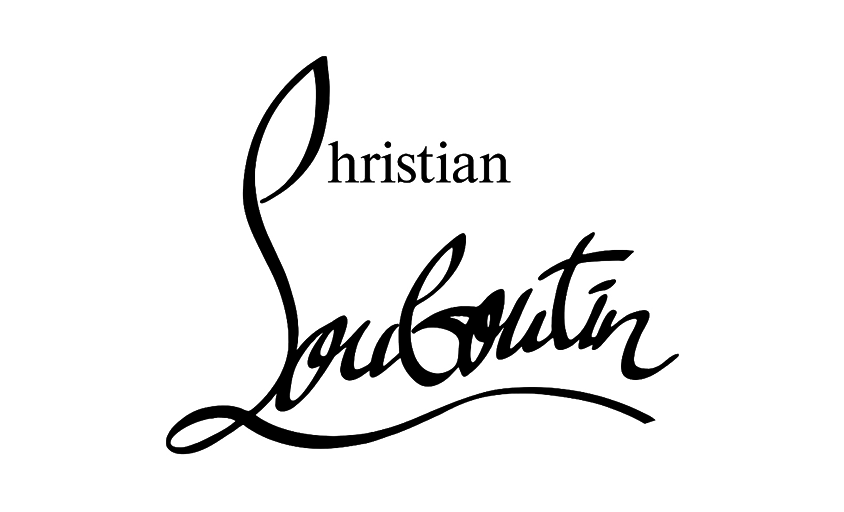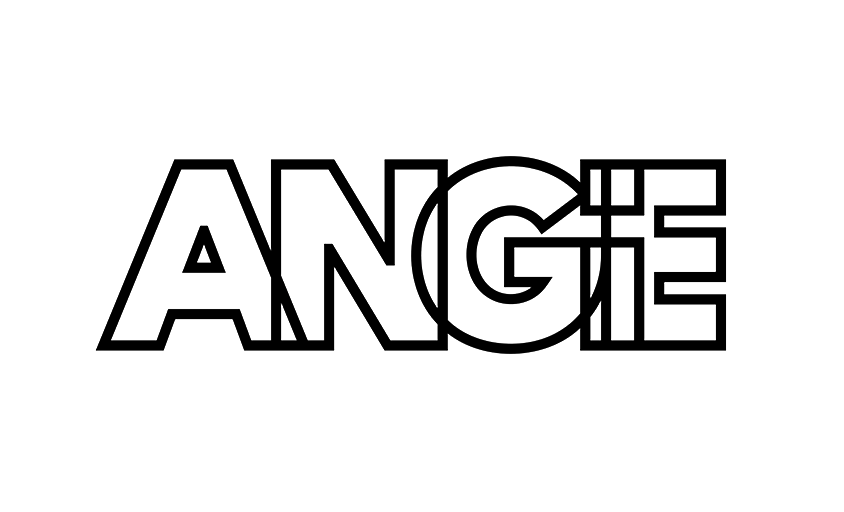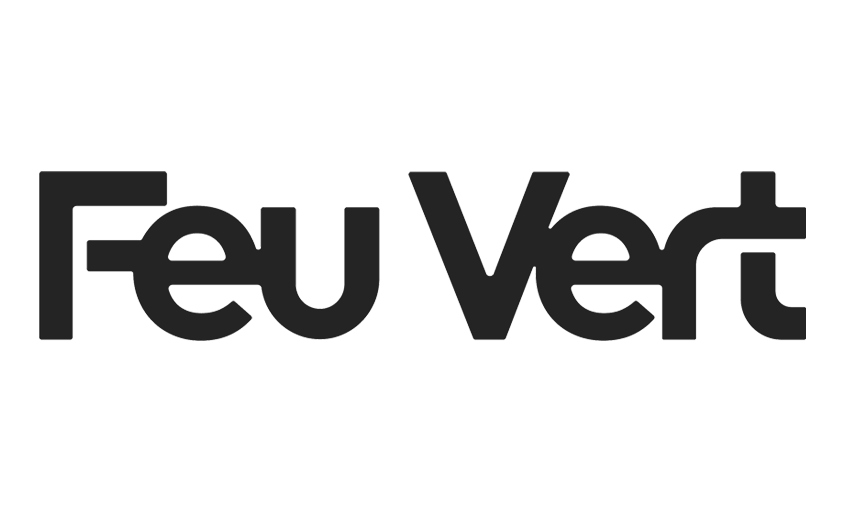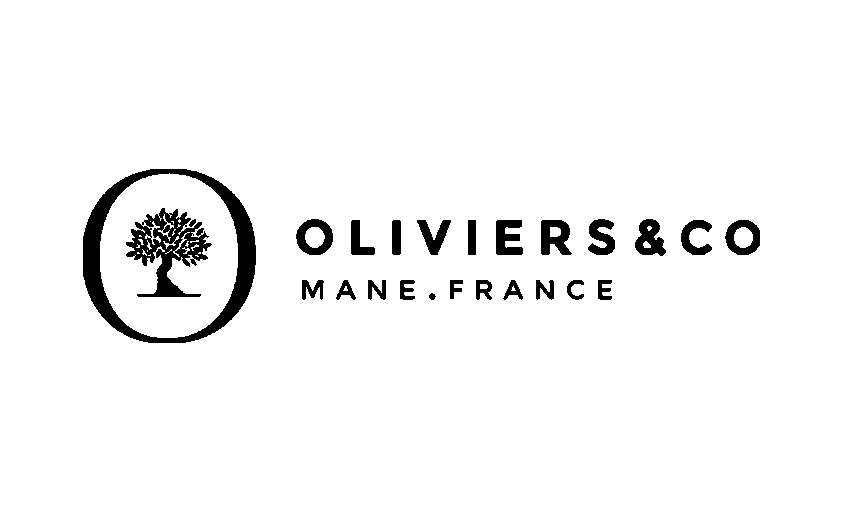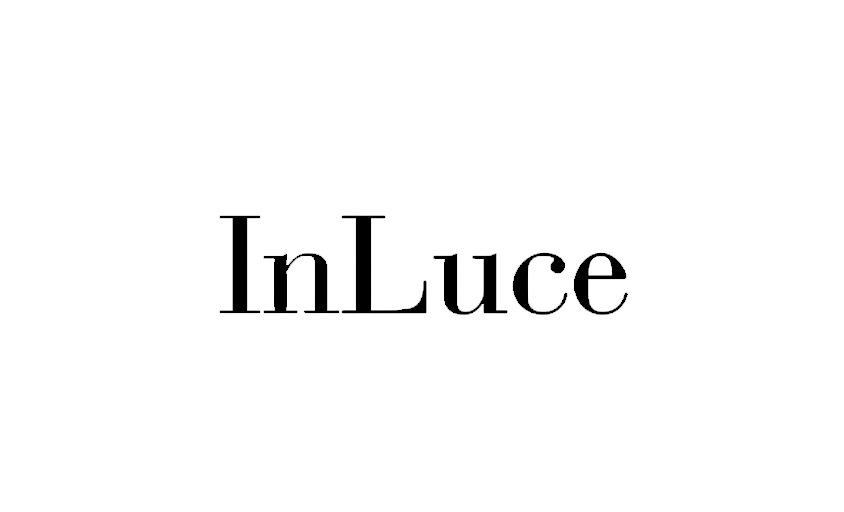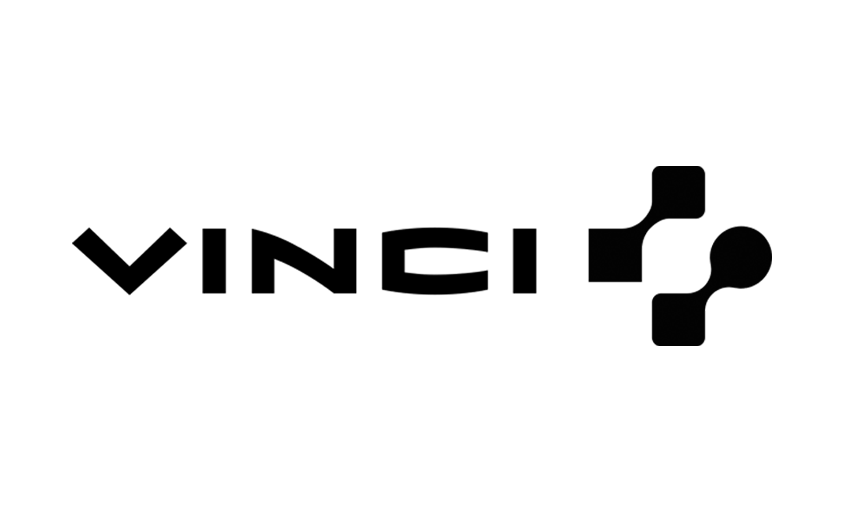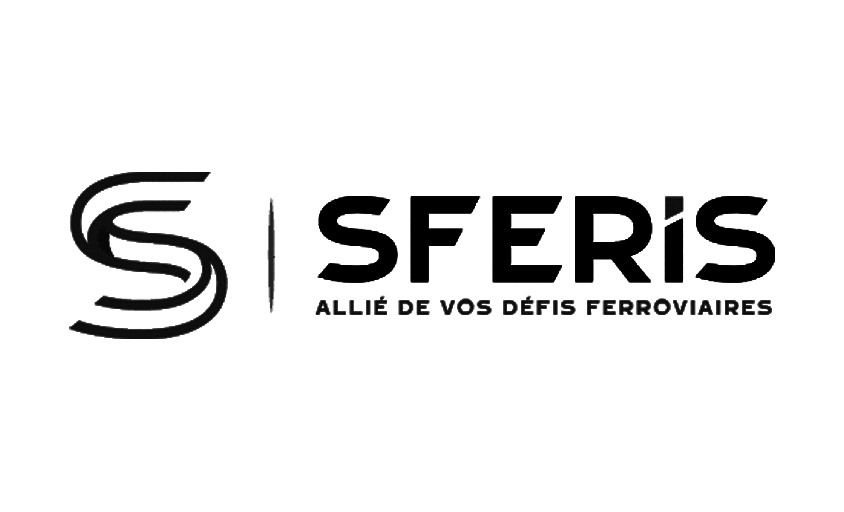Flat Color: Definition, Usage, and Visual Techniques
In this article :
Flat color, a key term in the world of graphic design and printing, refers to a uniform surface where a single color is applied without gradation or shading. Often used for its strong visual impact and ability to attract attention, flat color plays a crucial role in graphic composition, offering clarity, contrast, and dynamism to designs. Whether you’re a design professional or a business seeking to enhance your brand image, mastering this technique is an essential asset for creating powerful visuals.
The History of Flat Color: From Greek Ceramics to Flat Design
The origins of flat color go back to red-figure Greek pottery: around 530 BC, potters would paint the entire background black, leaving the figures in the natural color of the clay, a deliberate early use of a flat, uniform surface. In the 19th century, the rise of lithographic posters brought flat color to prominence: Toulouse-Lautrec and then Mucha used bold color fields placed side by side to grab passersby’s attention, without gradients or shadows. In the 1960s, Pop Art embraced the technique: Roy Lichtenstein abandoned shading and juxtaposed pure colors with halftone dots, echoing industrial printing methods. Finally, the web adopted flat color through flat design: from 2013 onward, Apple, Google, and Microsoft removed textures and 3D effects in favor of monochrome vector icons, which were clearer and faster to load.
Understanding the Role of Flat Color in Design
Flat color is a powerful design element, capable of creating instant impact through bold use of color. In graphic design, it is often used to define specific zones, highlight key elements, or establish visual hierarchy. Its simplicity allows for direct and effective communication, making messages more accessible and memorable to the audience. For your marketing projects, flat color ensures clarity and high impact, quickly drawing the attention of your customers.
The Use of Flat Color in Visual Composition
In visual composition, flat colors help structure space and introduce variety without overloading the design with excessive detail. They can also play an emotional role, with the chosen colors evoking specific reactions and feelings in viewers. Whether in advertising, brand identity, or illustration, flat color contributes to a distinctive aesthetic and a unique atmosphere. Want to strengthen your company’s visual identity? Thoughtfully integrated flat colors in your materials can transform your graphic communication.
Contemporary Applications
- Luxury Packaging
A metallic Pantone flat color, combined with a spot varnish, creates instant tactile and visual contrast, ideal for differentiating a premium product line on the shelf. - E-commerce Packshots
In the studio, a solid-colored background (paper or painted plexiglass) isolates the product, speeds up cutouts, and strengthens brand identity. Recommended color: slightly complementary to the product’s dominant hue to make it pop. - Minimalist Vector Illustration
Flat colors dominate current editorial illustration: simple shapes, bold hues, and lightweight SVG export, perfect for responsive web design. - UI/UX and Accessibility
In modern interfaces, flat color ensures legibility. Maintain a luminance contrast of ≥ 4.5:1 (WCAG 2.1 standard) on buttons and icons for users with color blindness or in low-light conditions. - Food & Editorial Photography
A colored flat background adds a contemporary twist to food styling; opt for a muted shade (terracotta, deep blue) to enhance the warm tones of ingredients.
- Luxury Packaging
Strategic use of flat color enhances branding, streamlines production, and boosts visual impact, three strengths we leverage daily at Rétines for our corporate and product shoots.
Halftone Flats
The concept of halftone flats showcases the ability of graphic design to innovate within traditional techniques. By incorporating subtle patterns or textures into a solid color, halftone flats visually enrich the surface while maintaining an overall uniform appearance. This technique adds extra depth and complexity, allowing designers to explore subtle nuances in their work without compromising the simplicity and clarity of a flat color. Looking for unique and original visuals? Halftone flats are an excellent way to combine simplicity with sophistication.
Flat Color in Printing
- Maximum Ink Coverage
On offset presses: do not exceed 280% total CMYK coverage (300% on coated paper). Exceeding this can cause ink to dry poorly and transfer onto the next sheet. - Rich Black
Proven formula: 60% Cyan – 40% Magenta – 40% Yellow – 100% Black. This provides a dense black without surpassing ink load limits. - Banding and Roller Marks
Flats larger than 3 × 5 cm are prone to streaks. A varnish or light texture can mask these imperfections. - Pantone vs. CMYK
A Pantone ink ensures a highly saturated and perfectly even background but requires an additional press run. In CMYK, always expect slight tone variation. - Overprint and Drying Time
Enable black overprint only on light colors; otherwise, halos may appear. Let dry flat for 24 hours before applying lamination or spot varnish.
Following these rules helps avoid dull blacks, long drying times, or visible streaks, ensuring a flawless flat color both in photography and final print.
Preparing Your File
- Color space: Work directly in CMYK (ISO Coated v2 or Fogra 39 profile).
- Resolution: Minimum 300 dpi at final size; going higher is unnecessary, as the print screen is the limiting factor.
- Bleed: Add 3 mm on each edge; keep a 5 mm safe zone inside the trim lines.
- Noise screen: Add 1% noise or a micro stochastic screen to break up large flat areas and prevent ink blotching.
- Test swatch: Print a 5 × 5 cm square on coated and uncoated paper to validate color before the final run.
- Overprint & trapping: Check “Overprint” settings in Acrobat; apply a 0.05 mm trapping where two strong colors meet.
- Final check: Run your PDF through a preflight tool (PitStop or equivalent) to detect ink overload, leftover RGB backgrounds, or unflattened transparencies.
Following these steps ensures a print-ready file with accurate tones, fast drying, and perfectly smooth flat areas.
Conclusion
Flat color, in its conceptual simplicity, remains a cornerstone of graphic design, offering endless creative potential. From solid fills to textured variants, it embodies the ongoing balance between minimalism and expressiveness. For designers and businesses alike, mastering flat color means harnessing the power of color and its impact on perception. Partner with our specialized agency to create bold, custom visuals that captivate and effectively communicate your message.
Jérémy Carlo is the editorial director at Rétines, where he ensures the consistency and clarity of all content produced by the studio.
Our Clients
Let’s discuss
What we do for you at Rétines
Meticulous work, an organised project and fast delivery. And to achieve this, we mobilise the right resources in our teams at the right time.
01
Pre-production
Artistic and technical direction tailored to the project.
Relevant recommendations on content, form and resources.
02
Photo Shooting
Photos taken by our experienced photographers.
Production that’s controlled, efficient and tailored to the needs of the project, with nothing superfluous.
03
Retouching
Technique
Photographs magnified by our retouching team.
Post-production to meet the commercial challenges of the brief.

